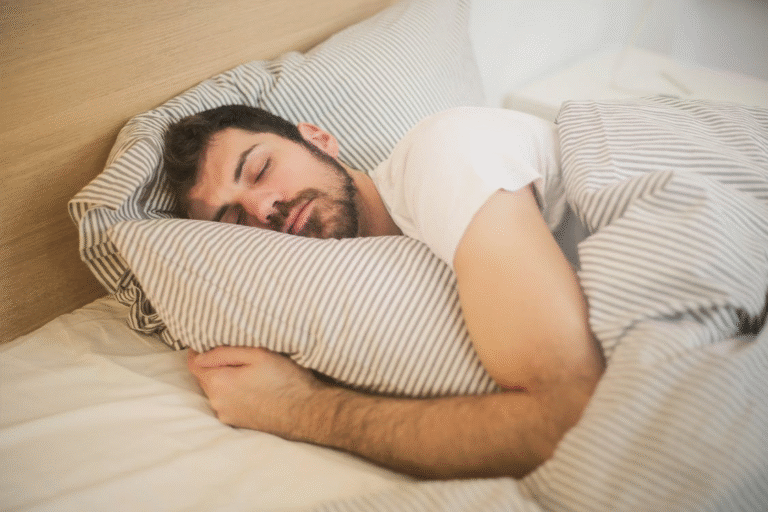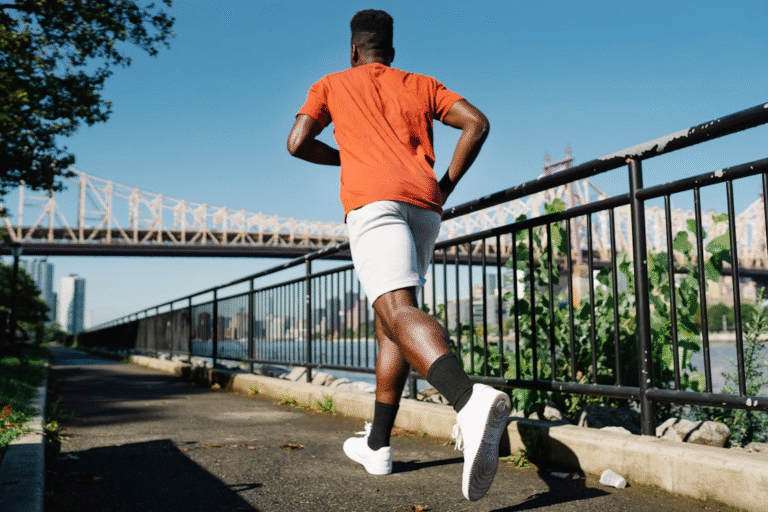Personalized Chatbots Could Help Teens Cut Down on Sugary Drinks
A new study published in PLOS ONE has shed light on how personalized chatbot feedback might be a simple yet effective tool to help teenagers reduce their intake of sugar-sweetened beverages (SSBs). By using a chatbot that tracks daily drink habits and offers customized feedback, researchers discovered measurable improvements in sugar consumption among adolescents in South Korea.
This study isn’t just about teens and soft drinks — it’s a fascinating look into how digital reinforcement and personalized technology can influence real-world behavior change.
What the Study Looked At
The research, titled “Sugar intake trajectories in adolescents: Evaluating behavioral change with group-based trajectory modeling,” was conducted by Jisu Lee, Hyeonkyeong Lee, Sun Young Shim, Chang Gi Park, and Hyeyeon Lee. The team came from several institutions, including Yonsei University in Seoul, the University of Illinois Chicago, and Kosin University in Busan.
A total of 42 adolescents took part in this 14-day study. Each participant interacted with a chatbot called R-Ma Bot — short for “Read and Manage your health robot.” The goal was simple: see if personalized, interactive coaching could help teens cut down on sugar, sodium, and caffeine from carbonated and energy drinks.
Why Sugar-Sweetened Beverages Matter
Before diving into what the chatbot did, it’s worth understanding why SSBs are such a concern. Sugar-sweetened beverages include sodas, energy drinks, flavored juices, and other sweetened drinks that are often part of teens’ daily routines.
High consumption of SSBs has been linked to several major health problems:
- Obesity and metabolic syndrome
- Type 2 diabetes and heart disease
- Dental cavities
- Poor mental health outcomes
- Even an increased risk of certain cancers
Despite these risks, sugary drinks are still widely available and heavily marketed to young people. Public health campaigns and school programs have tried to address this, but most traditional approaches — like posters or one-way messaging — don’t hold teens’ attention for long.
That’s where interactive digital interventions, such as chatbots, come in.
The R-Ma Bot Experiment
The R-Ma Bot used a straightforward approach: teens logged their daily drink intake, and the chatbot provided tailored feedback in real time.
The feedback came in two main forms:
- Reward-Based Feedback – When participants either reduced or maintained their intake of sugar, sodium, or caffeine, they earned points.
- If there was no change in intake from the previous day, the chatbot gave 50 points.
- A reduction in intake earned 100 points.
- Completely abstaining from a sugary or caffeinated drink that day scored 200 points.
- Education-Based Feedback – When intake increased, the chatbot sent educational infographic slides instead of points. These slides explained:
- The health effects of consuming too much sugar, caffeine, and sodium.
- Recommended daily intake levels.
- Healthier alternative drinks, such as water, tea, or low-sugar beverages.
Interestingly, the most severe “specific education” feedback, which was designed for participants who dramatically increased their intake, was never triggered. None of the teens reached that level during the two-week trial.
How the Study Was Analyzed
The researchers used group-based trajectory modeling (GBTM) — a method that identifies patterns of behavior over time among individuals. This allowed them to track how sugar intake changed daily for each participant, as well as across different groups.
They also used linear mixed-effects modeling to understand how different factors (like feedback type, time, and participant demographics) interacted to affect sugar intake. Variables such as age, gender, body mass index (BMI), socioeconomic status, and academic standing were considered.
The Three Trajectories of Change
After analyzing the data, the researchers identified three distinct groups of participants based on their sugar intake patterns:
- Reduction Group (38.1%) – These teens showed a sharp decline in sugar intake over the two weeks. Their average daily sugar intake dropped from 39.8 grams to just 1.8 grams by the end of the study.
- Maintenance Group (57.1%) – This group maintained moderate levels of sugar intake but still showed gradual improvement, ending at about 9.2 grams per day.
- No-Intake Group (4.8%) – A small subset of participants who didn’t report consuming sugary drinks at all.
Notably, no participants increased their sugar intake during the study period.
The Role of Feedback and Reinforcement
The researchers found that time, feedback type, and trajectory group all interacted to influence the results. In simple terms, how much the chatbot helped depended on:
- The kind of feedback the teen received (reward vs. education),
- The trajectory they were on (reduction, maintenance, or no-intake), and
- How these effects evolved over time.
Although the study wasn’t large enough to prove that one feedback type was superior to the other, it clearly showed that consistent, daily feedback contributed to gradual reductions in sugar intake.
The findings reinforce a simple idea: behavioral change isn’t driven by one big decision — it’s shaped by small, repeated reinforcements over time.
Demographics and Behavioral Differences
Another fascinating part of the study was the demographic breakdown. The researchers noticed that:
- Racial and ethnic minority adolescents living in Korea were more likely to show significant reductions in sugar intake compared to native Korean participants.
- Older teens were also more responsive to the intervention than younger ones.
This suggests that personalized feedback may particularly help groups that face more environmental or cultural barriers to healthy behavior — a valuable insight for public health efforts targeting diverse populations.
What This Means for Health Technology
This study adds to a growing body of evidence showing that digital health tools, like chatbots and apps, can help support healthier habits when designed thoughtfully.
Chatbots have already been tested for mental health support, weight management, smoking cessation, and physical activity tracking. What sets this research apart is its focus on dietary behavior in adolescents, a group often hard to engage through traditional interventions.
A chatbot’s advantages are clear:
- It’s accessible on devices teens already use every day.
- It’s personalized — adapting to individual behavior instead of sending generic reminders.
- It offers immediate feedback, which is essential for reinforcing healthy habits.
However, to make these tools truly effective, developers need to focus on long-term engagement and cultural adaptability. Teenagers lose interest quickly, so keeping the interface interactive, rewarding, and relevant is key.
Limitations of the Study
Like many pilot studies, this one had its constraints. The sample size was small (42 participants), making it difficult to generalize the results. The duration was short — only 14 days, so it’s unclear whether the changes would hold up over weeks or months.
Also, there was no control group, meaning the researchers couldn’t fully rule out other factors that might have influenced behavior. For example, participants could have changed their drinking habits simply because they knew they were being monitored — a phenomenon known as the Hawthorne effect.
Still, even with these limitations, the study provides promising evidence that chatbots can play a valuable role in public health strategies for young people.
The Bigger Picture: Reducing Sugar Intake in Teens
Globally, adolescents consume far more sugar than recommended. According to the World Health Organization (WHO), free sugar should make up less than 10% of total daily energy intake, and ideally under 5% for optimal health.
Yet, in many countries, teenagers get 20% or more of their daily calories from added sugars — mostly from sugary drinks. This has fueled a rise in childhood obesity, tooth decay, and early metabolic diseases.
Traditional health campaigns often rely on scare tactics or general education, which rarely work long-term. Teenagers respond better to personalized, gamified, and interactive experiences — exactly the kind of approach R-Ma Bot used.
If future versions of such chatbots can sustain engagement and expand to other regions, they might become a powerful, low-cost tool for improving adolescent nutrition.
The Takeaway
This study highlights a promising way to tackle one of the trickiest public health challenges: helping teens make healthier choices. Personalized digital feedback, even over just two weeks, made a measurable difference in sugar consumption.
While larger and longer-term studies are needed, chatbot-driven interventions could soon become a cornerstone of digital nutrition coaching. And as technology evolves, these tools could extend beyond sugar intake — guiding young people toward balanced diets, better sleep, and overall healthier lifestyles.
Research Paper: Sugar intake trajectories in adolescents: Evaluating behavioral change with group-based trajectory modeling – PLOS ONE (2025)






